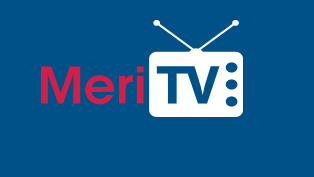
Sens. Rob Portman, R-Ohio, Patty Murray, D-Wash., and Angus King, I-Maine, introduced a bipartisan bill that aims to close the digital divide and promote “digital equity” utilizing $250 million in annual grants, according to a press release.
The Digital Equity Act would direct the National Telecommunication Information Administration (NTIA) to create and administer two separate $125 million-per-year grant programs. One program would be directed at states and another at organizations.
“Too many Americans – especially in overlooked and underserved communities – lack access to broadband internet, negatively impacting the way they live and work,” Portman said in the release. “This bill aims to address these access gaps by encouraging the creation and implementation of comprehensive digital equity plans.”
One of the grant programs, the State Digital Equity Capacity grant program, would be a formula grant. States would be required to submit a Digital Equity plan to the NTIA, and governors of states seeking these grants would need to designate an administrative entity. The funds would have to be used to help states complete their digital equity plans and any awarded grant funds would be available for use for five years.
According to a rundown of the bill, the formula for the grant’s funds would break down as follows:
- “50 percent of the award amount is derived from the state’s total population in relation to the total population of States eligible to receive grants under this section;
- 25 percent of the award amount is derived from how the proportion of a state’s covered populations to its total population compares to the proportions of States eligible to receive grants under this section; and
- The final 25 percent of the award amount is derived from how the availability and adoption rates of broadband in a state compares to the availability and adoption rates of broadband in states eligible to receive grants under this section.”

“While we’ve made some headway expanding internet access to more families by investing in critical infrastructure like rural broadband, that isn’t much help if they don’t have the tools and skills to actually use their broadband connection,” Murray said in the same release. “The Digital Equity Act is an important bipartisan step Congress must take to help states, counties, Tribes, and others do more to close this digital divide. This bill is an investment in our families, our workforce, and our overall competitiveness in a 21st-century economy.”
The other grant program would be a competitive process, aimed at helping individual organizations and coalitions that are tackling digital inclusion, skills training, and making technology available at low or no cost for covered populations.
Entities not designated by governors by an administrative agency while applying for the Digital Equity Capacity program are also allowed to apply for the Digital Equity Competitive Grant program. Five percent of the funding would be earmarked for Indian tribes, Native Alaskan, and Native Hawaiian entities. There would also be one percent set aside for other territories.
“The COVID-19 pandemic has highlighted just how essential the internet is to everyday American life,” King said. “Our bipartisan bill will make critical investments in digital equity and digital inclusion, so we can ensure that Americans of all ages and backgrounds can not only access a broadband connection but make the most of the opportunities it provides.”
The bill would also task the NTIA with evaluating digital inclusion projects and providing feedback about which were most effective to officials at the state, local, and Federal levels.
